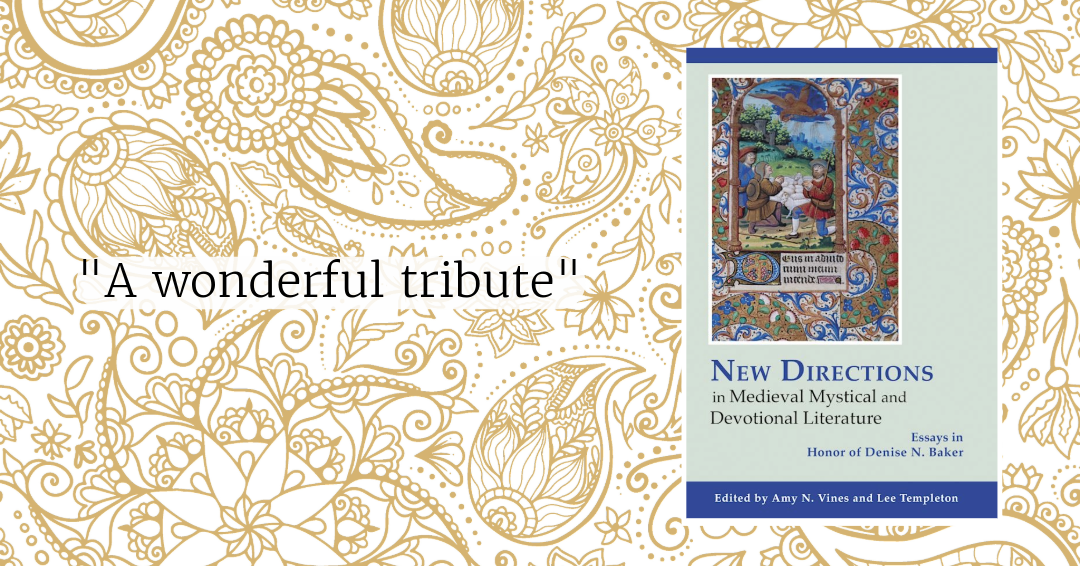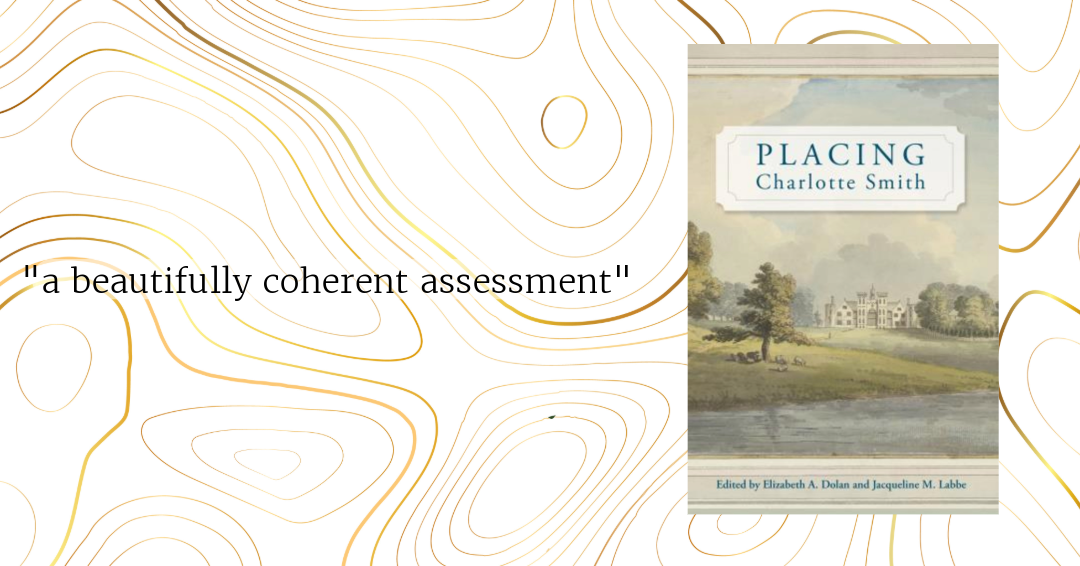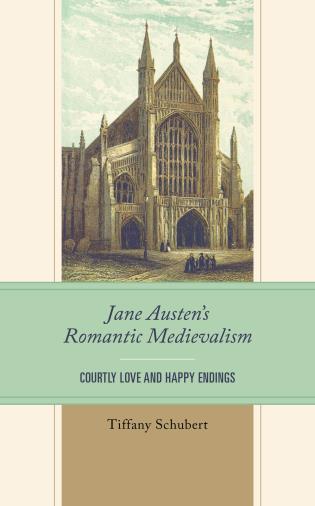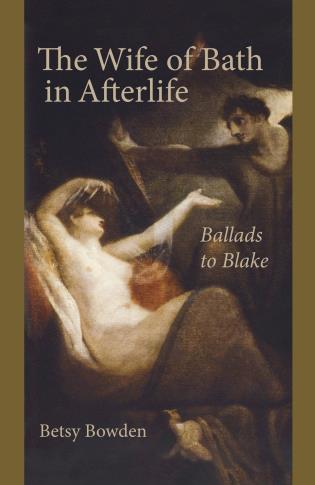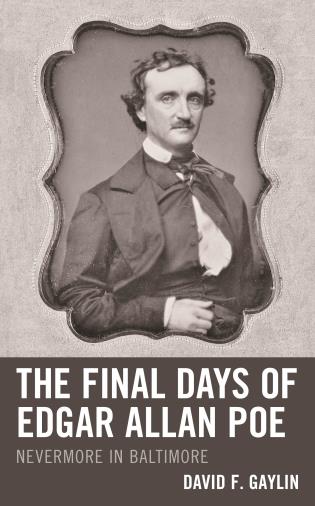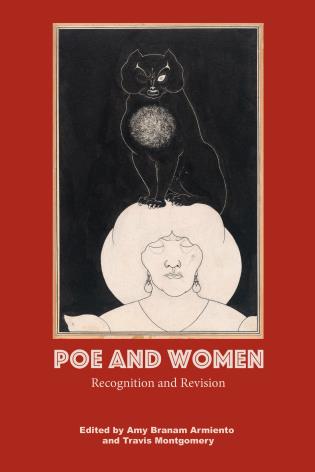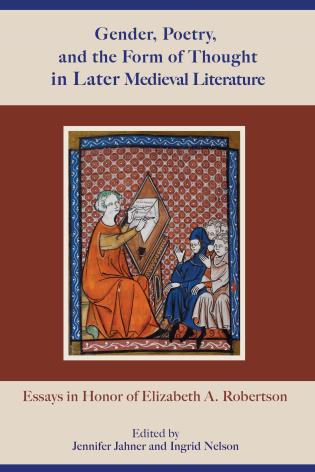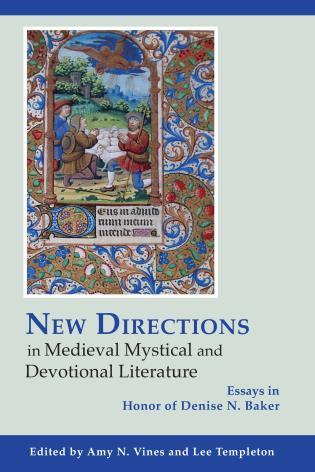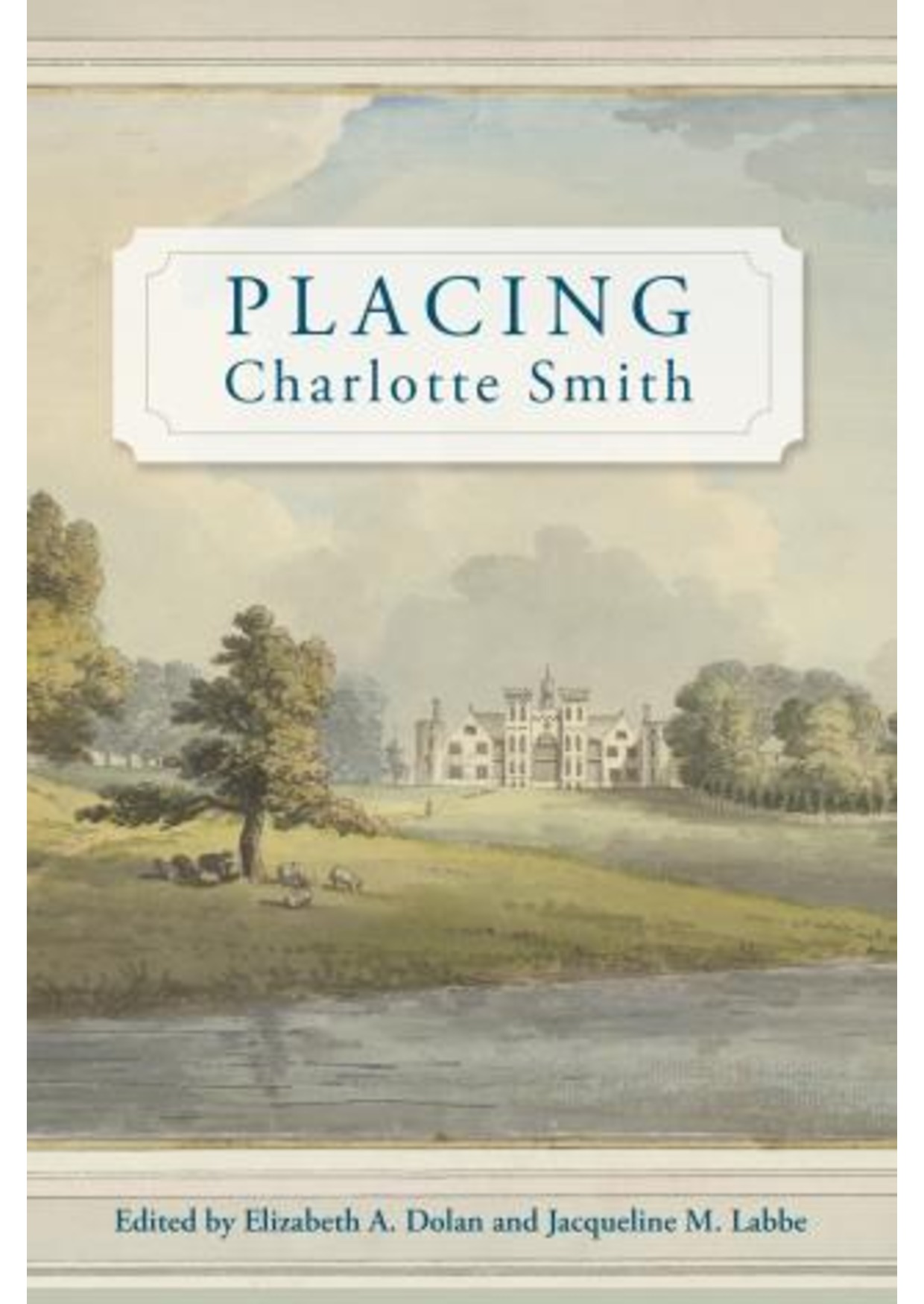James Barry (1741-1806) and the Society of Arts
The Irish artist, James Barry, is a major neoclassical artist of international significance. A keen exponent of the grand style of history painting, his work virtually disappeared from view following his death. His reputations was raised from obscurity in the 1980s by Robert R. Wark and David Solkin, but especially by William Pressley’s excellent biography and catalogue raisonné. This collection of essays examines in more detail Barry’s relationship with the (Royal) Society of Arts, and their encouragement of “high” art and the arts of design, to put into practice Barry’s belief that “one great maxim of moral truth, viz. that the obtaining of happiness, individual as well as public, depends upon cultivating the human faculties.”
By taking different aspects of Barry’s mural cycle The Progress of Human Knowledge and Culture that he painted for the “Great Room” of the (Royal) Society of Arts (1777-1801), the contributors show the wider contemporary art and design debates focusing on nationalism and improvement, publicity and patronage, thereby establishing new connections between theory (political, social, and cultural) and practice.
The first half of this volume considers the development of the premiums offered by the Society for the encouragement of Arts, Manufactures and Commerce in the “polite arts,” from its initial focus on designs for manufacturers to a program that tended toward “high” art. Consideration is also given to the Society’s encouragement of female excellence, which Barry featured in his mural series for the Society. The second half looks in more detail at Barry’s The Progress of Human Knowledge and Culture. Recent discoveries have shed new light on Barry’s innermost thoughts and intentions, and his constant reworking of the Society’s murals, illustrating the artist’s belief that “art and artists play a fundamental role in the advancement of society.”
As part of the bicentenary celebrations of Barry’s death, an important exhibition and international conference were held at the Crawford Gallery, Cork, in 2006. This collection of essays is a further opportunity to re-evaluate the extraordinary contribution of Barry to the eighteenth-century artistic world. It also acknowledges the work of Dr. David G. C. Allen as a writer and teacher on RSA history, as well as Barry’s murals, for more than fifty years. A memorial tablet was erected in 2009 on the site of Barry’s London home in Castle Street, as a further recognition of this extraordinary artist.
In light of recent discoveries, and drawing heavily on the RSA archives and collections, this volume will appeal to all those interested in a detailed account of artistic development in Britain in the eighteenth century. It also contains fifty-two black-and-white illustrations.
About the Editor
Susan Bennett worked for the RSA (Royal Society for the encouragement of Arts, Manufactures and Commerce) for nearly twenty five years as Archivist, and later Curator. She was awarded an MA History of Art from Birkbeck College in 2004 based on her own research, and she is now continuing her research into the life and times of Georgiana Jane Keate (1771-1850).



